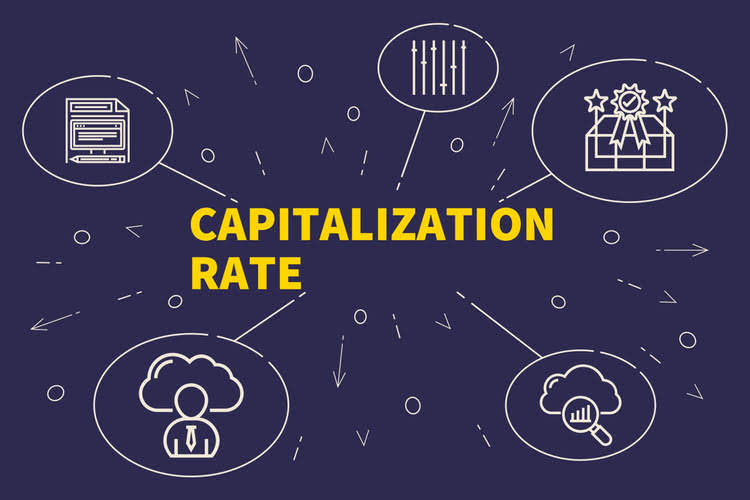6 2: Cash and Cash Equivalents Business LibreTexts
31.05.2022
A demand deposit is a type of account from which funds may be withdrawn at any time without having to notify the institution. Examples of demand deposit accounts include checking accounts and savings accounts. All demand account balances as of the date of the financial statements are included in cash totals.
- Financial instruments are defined as cash equivalents if they are highly liquid products that have active marketplaces, are without liquidation restrictions, and are easily convertible to cash.
- As the petty cash total declines, the receipts should increase and add up to the total amount withdrawn.
- The cash over and short account is the type of miscellaneous account in the income statement.
- Let’s assume Tom rang up a $100 pair of running shoes for $100, but he miscounted the cash received for the shoes.
- When reported on financial statements, investments in these types of liquid accounts are often combined with cash and represent a company’s total holding of money and liquid investments.
5 Cash, cash equivalents, and restricted cash
By having a petty cash cashier and a petty cash custodian, the dual-process helps to keep the funds secure and ensure that only those authorized have access to it. Companies with a healthy amount of cash and cash equivalents can reflect positively in their ability to meet their short-term debt obligations. Suppose a retail business starts each day with a cash balance of 100 in the cash register. During the day sales of 1,500 are entered into the register, and a cash count at the end of the day shows cash of 1,588 as summarized below. Therefore, the balance of cash short and over is on debit or credit depends on whether it is shortage or overage.

Please Sign in to set this content as a favorite.

The use of a petty cash fund can circumvent certain internal controls. However, the availability of petty cash doesn’t mean that it can be accessed for any purpose by any person. Many companies employ cash short and over is classified as strict internal controls to manage the fund. Often, a few individuals are authorized to approve disbursements and can only do so for expenses related to legitimate company activities or operations.

The Difference Between Adjusting Entries and Entries Made to Correct Errors in Accounting
- Cash Over and Short account is also used for Petty Cash overages and shortages.
- In this article, we cover how to account for the cash short and over; especially on the cash over and short journal entry.
- Marketable securities are financial assets and instruments that can easily be converted into cash and are therefore very liquid.
- It works well to cover small impromptu expenses—like a tip for the kid delivering pizzas to the lunch meeting, or cab fare home for employees working late.
- The cash short/over account is an expense account in the income statement of the business.
As of Sep. 30, 2022, Berkshire Hathaway had $28,869,000,000 in cash and cash equivalents. PwC refers to the US member firm or one of its subsidiaries or affiliates, and may sometimes refer to the PwC network. This content is for general information purposes only, and should not be used as a substitute for consultation with professional advisors. Accruing tax liabilities in accounting involves recognizing and recording taxes that a company owes but has not yet paid.
What is the Journal Entry to Record a Cash Overage?
The cash short/over account is an expense account in the income statement of the business. Cash equivalents strike a balance between investing, risk, and liquidity. They give a company easy access to cash should it need it quickly. In addition, cash equivalents allow companies to earn some amount of interest as they plan how to use their money in the long-term. Some lenders may require that, in return for a loan, a company maintain a designated amount of liquid cash equivalents.

The cash over and short account
For the past 52 years, Harold Averkamp (CPA, MBA) hasworked as an accounting supervisor, manager, consultant, university instructor, and innovator in teaching accounting online. He is the sole author of all the materials on AccountingCoach.com. For the past 52 years, Harold Averkamp (CPA, MBA) has worked as an accounting supervisor, manager, consultant, university instructor, and innovator in teaching accounting online. „Petty cash“ and „cash on hand“ sound a lot alike, and they do overlap. While investing in cash equivalents has its benefits, they also come with several downsides. Kevin Johnston writes for Ameriprise Financial, the Rutgers University MBA Program and Evan Carmichael.
Certificate of Deposit (CD)
- Let’s illustrate the Cash Short and Over account with the petty cash fund.
- In Note 4 to its financial statements, Apple provides a substantial amount of information regarding what comprises this cash and cash equivalent balance.
- In order to clearly understand this cash over and short, let’s go through the examples below.
- This fund is a collection of short-term investments (i.e., generally, with maturities of six months or less) that earns a higher yield than money in a bank account.
- Either routine or unexpected, these are transactions for which writing a check or using a credit card is impractical or inconvenient.
- Cash and cash equivalents are a line item on the balance sheet that reports the value of a company’s assets that are cash or can be converted into cash immediately.
- Companies with large amounts of cash and cash equivalents can be primary targets of bigger companies with acquisition plans.